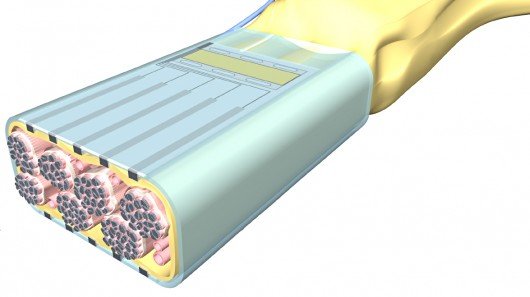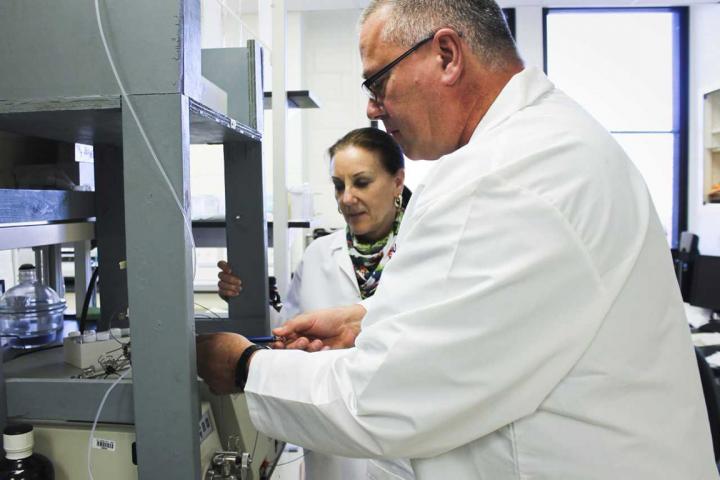The Reliable Neural-Interface Technology (RE-NET) program from DARPA, the Pentagon’s advanced research group, has a vision: direct, reliable connections between prosthetic limbs and the brain, spinal cord, and neurons in replacement limbs.
DARPA has made some highly publicized breakthroughs in interfaces straight to the brain, but many believe practical applications are unfortunately not in the immediate future.
However, there is near-term realistic hope in new neural-interface technologies.
“Peripheral interfaces” use signals from nerves and muscles to control prosthetics and provide direct sensory feedback. Combining man and machine through these nerve and muscle hook-ups looks far more promising for transforming the lives of amputees in the near future.
“Because implanting them is a lower-risk, less invasive procedure, peripheral interfaces offer greater potential than penetrating cortical electrodes,” said DARPA program director Jack Judy. “RE-NET program advances are already being made available to injured warfighters in clinical settings.”
One key challenge to fully integrated prosthetics is the specific connection between tissue and electronics. Some prototypes plug into the nervous system directly at the spinal cord; others connect in through the peripheral motor system.
In order to make the motor control links seamless between the human and the replacement limb, DARPA is also unraveling how information about limb movements travels through neural tissues and implanted interfaces.
But how do you feel?
Can a state-of-the-art robotic arm give that combat veteran back the sense of touch, however – with manmade fingers?
FINE is another nerve interface technology showing promise in the RE-NET program. While TMR improves control, FINE focuses on restoring the sense of touch.
FINE (flat-interface nerve electrodes) interfaces with residual nerves in the patient’s partial limb; in the system, electrodes are placed around individual peripheral nerves and used to record motor-control information.
This direct sensory feedback system means a patient can feel a light switch in the dark, find a bus pass buried in a bag and just generally grasp things without having to directly look at them.
Story Source:
The above story is reprinted from materials provided by Foxnews, By Allison Barrie.





